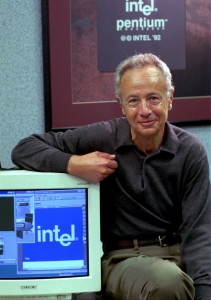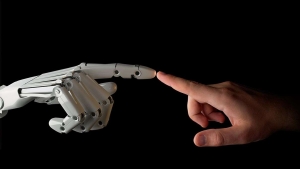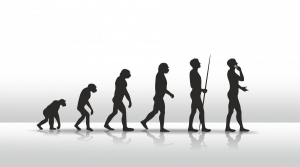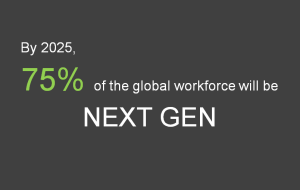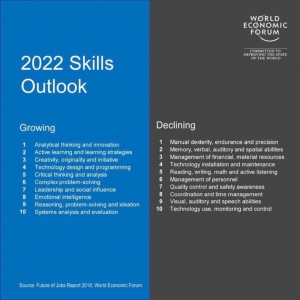 I had a lot of fun presenting at an uplifting Pearson event in London recently and we talked a lot about millennials, their expectations, work styles and torn jeans!
I had a lot of fun presenting at an uplifting Pearson event in London recently and we talked a lot about millennials, their expectations, work styles and torn jeans!
The World Economic Forum’s latest Future of Jobs Report underlines the need for analytical thinking, innovation and creativity, but I sense it is important not to run down a path that promotes only the STEM subjects and instead also takes into account the significance of humanities and soft skills as part of our well-rounded future workers. Data crunching isn’t much good if the individual cannot articulate the findings with her colleagues.
I stand by what I said at the session – I don’t think the needs of millennials are wildly different to when I was searching for work in the mid-1980s. Yes, they operate slightly differently; yes, the major shift is that there are so many of them entering the workforce at once so there will be style changes (no 9-5 is one example), but the good old-fashioned needs of making a contribution to something important and a career in which they can visualise growing and succeeding remain the major motivators.
I recognise that the Don Draper character from the Mad Men world of advertising in the 1960s isn’t well placed for our times, but we don’t all have to be brilliant mathematicians like John Nash from the movie A Beautiful Mind either. There is a place for all of us.



